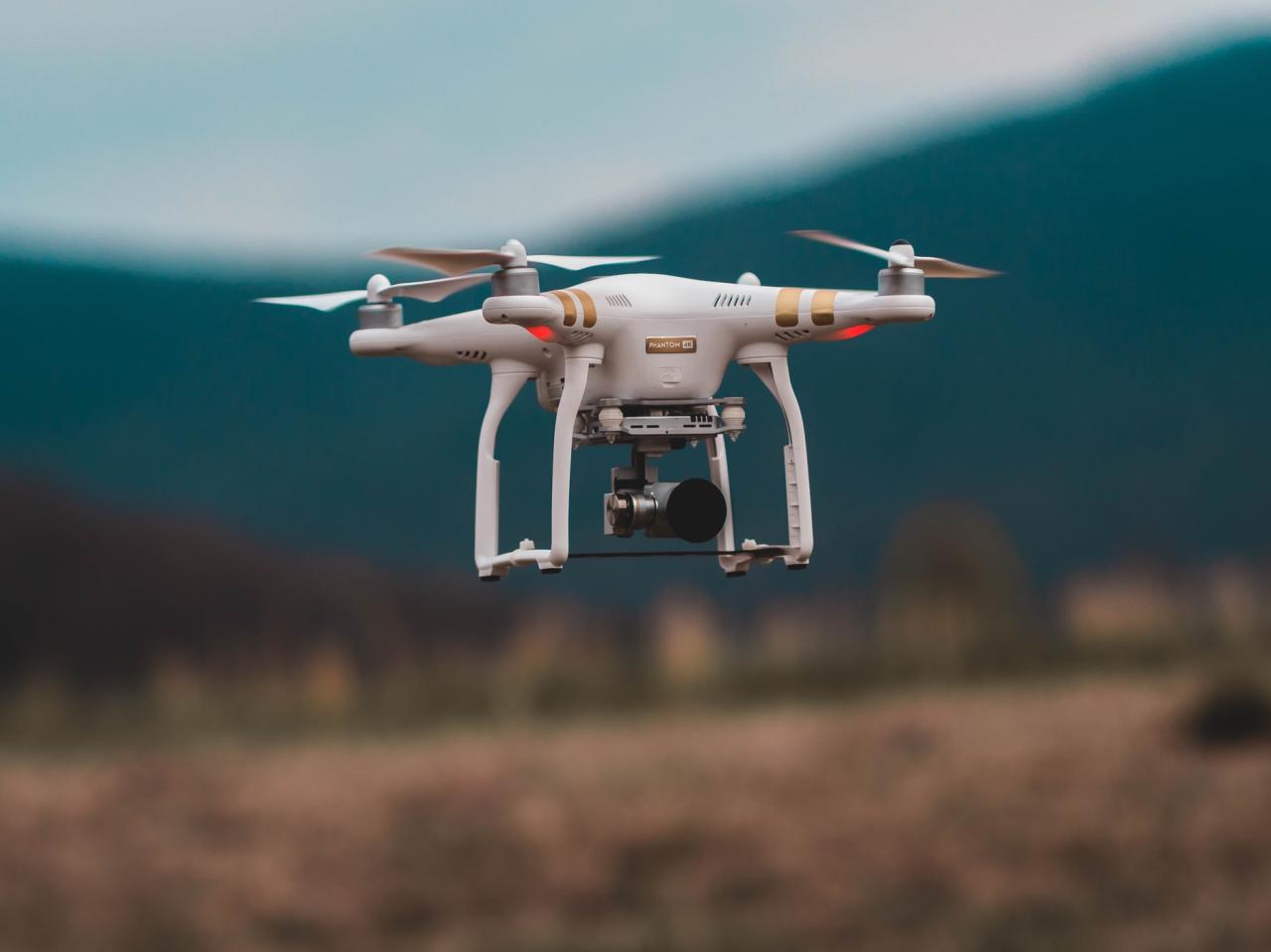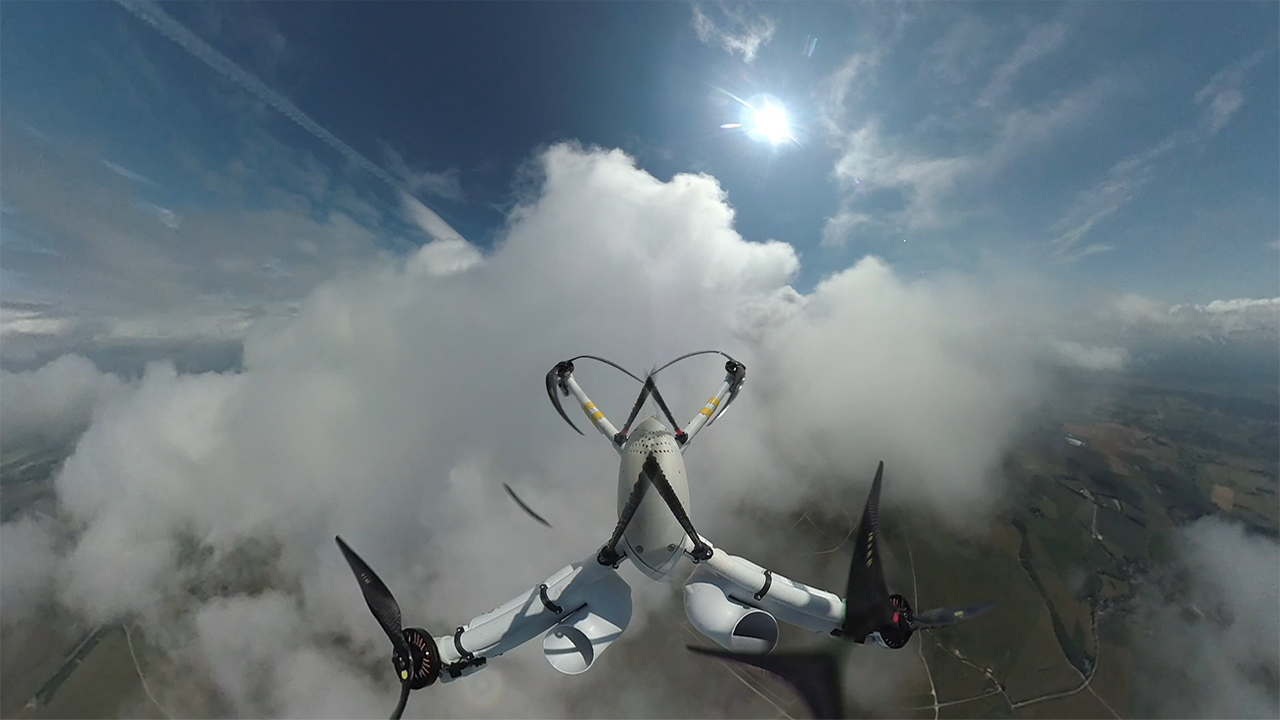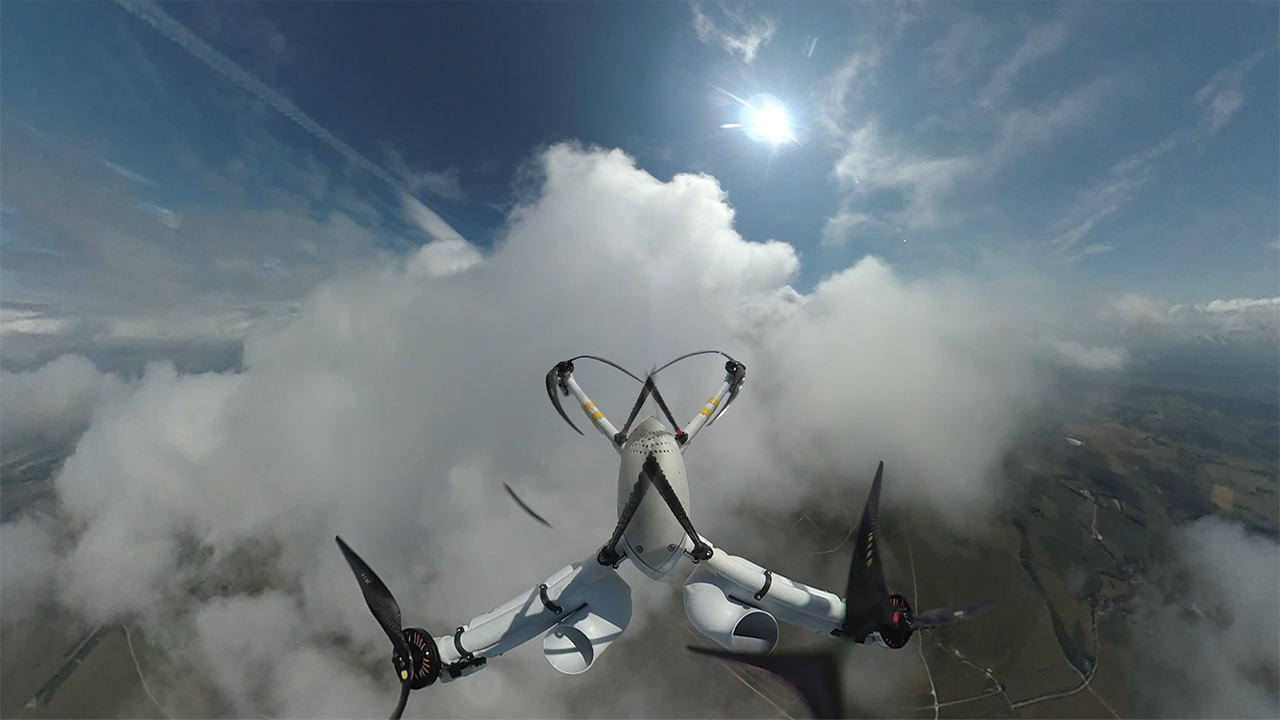Sky elements drones are revolutionizing atmospheric research. These unmanned aerial vehicles (UAVs) offer unprecedented access to atmospheric data, enabling scientists to monitor air quality, study weather patterns, and gain a deeper understanding of climate change. From collecting samples at various altitudes to deploying advanced sensors, drones provide a flexible and cost-effective solution compared to traditional methods like weather balloons or manned aircraft.
This exploration delves into the current applications, technological advancements, data analysis techniques, safety regulations, and future possibilities of utilizing drones for atmospheric studies. We’ll examine various drone models, their capabilities, and the challenges involved in deploying them for scientific research, highlighting the crucial role these technological marvels play in protecting our planet.
Sky elements drones are becoming increasingly popular for spectacular light shows. One amazing example of their capabilities is the breathtaking visuals achieved at the Niagara Falls drone show , a truly unforgettable spectacle. Witnessing this event really highlights the potential of sky elements drones to create awe-inspiring displays.
Sky Elements Drones: A Deep Dive into Atmospheric Research

Drones are revolutionizing atmospheric research, offering unprecedented access to previously unreachable data. This article explores the current applications, technological advancements, data analysis techniques, safety regulations, and future trends of sky element drones in atmospheric science.
Current Applications of Drones in Atmospheric Research
Drones are transforming how we collect atmospheric data, enabling researchers to gather information at various altitudes and locations with greater precision and efficiency than ever before. This allows for a more comprehensive understanding of complex atmospheric processes.
Data collection methods include deploying various sensors on drones to measure parameters like temperature, humidity, pressure, wind speed, and gas concentrations. These sensors can be integrated directly into the drone or attached as payloads, depending on the specific research needs.
For instance, drones equipped with specialized sensors are used to monitor air quality in urban areas, pinpointing pollution sources and assessing the impact of emission controls. Similarly, weather patterns are tracked by deploying drones carrying weather sensors, improving weather forecasting accuracy, particularly in localized areas.
Different drone types cater to various needs. Smaller, lighter drones are ideal for close-range observations and quick deployments, while larger, heavier drones offer extended flight times and greater payload capacities for more extensive research.
| Drone Model | Payload Capacity (kg) | Flight Time (min) | Sensor Types |
|---|---|---|---|
| DJI Matrice 300 RTK | 2.7 | 55 | RTK GPS, Thermal, RGB, LiDAR |
| Autel EVO II Pro | 1.0 | 40 | RGB, Thermal |
| SenseFly eBee X | 0.5 | 50 | RGB, Multispectral |
| Custom Research Drone (Hypothetical) | 5.0 | 120 | Gas sensors, aerosol sensors, weather sensors |
Technological Advancements in Sky Element Drones, Sky elements drones

Significant advancements in drone technology have dramatically enhanced atmospheric data collection. These improvements include longer flight times, increased payload capacity, improved sensor accuracy, and enhanced autonomous flight capabilities.
AI and machine learning are playing an increasingly important role in analyzing the vast amounts of data collected by these drones. Algorithms can automatically identify patterns, anomalies, and trends in the data, assisting researchers in interpreting complex atmospheric phenomena.
Challenges remain, however. Flight range and battery life continue to be limiting factors, particularly for large-scale atmospheric studies. Adverse weather conditions, such as strong winds or precipitation, can also significantly impact drone operations.
For example, consider a hypothetical scenario where researchers are studying the dispersion of volcanic ash. Improved drone technology, with extended flight times and the ability to operate in challenging weather conditions, would allow for more comprehensive data collection, improving predictive models for ashfall and enhancing public safety.
Data Analysis and Interpretation from Sky Element Drones
Analyzing the data collected by sky element drones involves several key steps, beginning with data cleaning and processing to remove noise and errors. Specialized software packages are used for this purpose. This is followed by rigorous quality control checks to ensure data accuracy and reliability.
Data visualization is crucial for understanding the complex relationships within atmospheric data. Graphs, charts, and 3D models can effectively communicate spatial and temporal variations in atmospheric parameters.
A step-by-step process for interpreting data from various sensors might involve:
- Calibration and correction of sensor readings.
- Spatial and temporal interpolation of data.
- Statistical analysis to identify trends and patterns.
- Integration of drone data with other atmospheric datasets.
- Development of atmospheric models and simulations.
Statistical methods such as regression analysis, time series analysis, and spatial autocorrelation analysis are used to identify trends and patterns in atmospheric data, helping researchers to draw meaningful conclusions from the collected information.
Safety and Regulatory Aspects of Sky Element Drones

Safety protocols and regulations governing the use of drones in atmospheric research are essential to ensure the safe and responsible operation of these aircraft. These regulations often include requirements for pilot certification, flight planning, airspace authorization, and operational limitations.
Potential risks associated with drone operations include collisions with other aircraft, equipment malfunction, data loss, and damage to the drone itself. Adverse weather conditions also pose significant risks.
Regulatory frameworks vary across countries, reflecting different priorities and risk assessments. Some countries have more stringent regulations than others, requiring more extensive licensing and approvals for drone operations.
- Obtain necessary permits and licenses before operating a drone.
- Conduct thorough pre-flight checks to ensure the drone is in good working order.
- Maintain visual line of sight with the drone at all times, unless operating under specific exemptions.
- Avoid flying in restricted airspace or near airports.
- Comply with all applicable safety regulations and guidelines.
Future Trends and Applications of Sky Element Drones
The future of sky element drones in atmospheric research is bright, with several exciting trends on the horizon. These include the development of longer-lasting batteries, more advanced sensor technologies, and improved autonomous flight capabilities. This will expand the scope and capabilities of atmospheric research.
Sky elements drones are becoming increasingly popular, but safety is paramount. Recent incidents, like the one highlighted in this news report about a drone crash in Paris , underscore the need for responsible operation and advanced safety features. Understanding these risks helps us improve Sky elements drone designs and protocols for safer flights.
New sensor technologies, such as hyperspectral imaging and advanced lidar systems, will enable more detailed and precise measurements of atmospheric parameters. These advancements will improve the accuracy of atmospheric models and simulations.
Drone technology will play a crucial role in climate change research and mitigation efforts. Drones can monitor greenhouse gas emissions, assess the impacts of climate change on ecosystems, and support the development of climate mitigation strategies.
Sky elements drones are becoming increasingly popular, but safety is paramount. Understanding potential risks is crucial, and a recent incident highlighted this: check out this news report on a drone crash paris to see the kind of problems that can arise. This emphasizes the need for responsible drone operation and adherence to safety regulations when flying sky elements drones.
A conceptual illustration of a future drone system optimized for long-duration atmospheric monitoring would involve a hybrid-powered drone (solar and battery) with a modular design allowing for interchangeable sensor payloads. This drone would incorporate advanced AI-powered navigation and data processing capabilities, enabling autonomous operation over extended periods. It would have a robust design capable of withstanding harsh weather conditions, and incorporate advanced communication systems for reliable data transmission.
Last Point
The use of sky elements drones in atmospheric research is rapidly evolving, promising significant advancements in our understanding of the atmosphere and climate change. As technology continues to improve, we can expect even more sophisticated drones with enhanced capabilities, leading to more accurate data collection and more effective environmental monitoring. The future of atmospheric research is airborne, and drones are leading the charge.
FAQ Corner
What are the main limitations of using drones for atmospheric research?
Limited flight time and range due to battery life, susceptibility to weather conditions (strong winds, rain), and regulatory restrictions on flight zones are key limitations.
How is data privacy ensured when using drones for atmospheric research?
Data privacy is typically addressed through anonymization techniques and adherence to strict data governance policies, ensuring compliance with relevant regulations.
What types of sensors are commonly used on sky elements drones?
Common sensors include GPS, various cameras (visible, infrared, thermal), gas sensors for air quality monitoring, and meteorological sensors for temperature, humidity, and pressure.
What is the cost of deploying sky elements drones for research?
Costs vary greatly depending on the drone model, sensor package, operational costs, and data processing needs. Smaller, simpler drones are more affordable than large, highly specialized systems.
